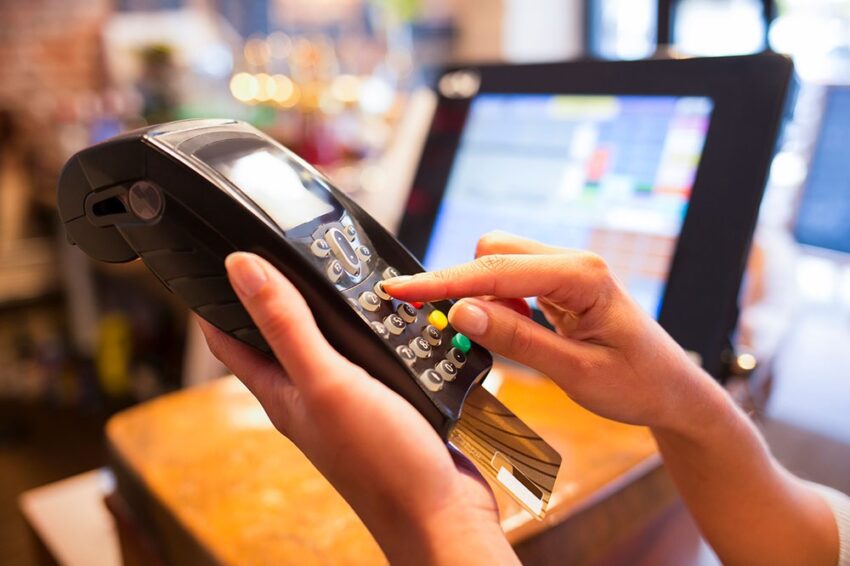The Evolution of Restaurant Technology

The restaurant industry, a realm once dominated by handwritten orders and cash registers, has undergone a remarkable transformation over the years. The evolution of restaurant technology has not only improved efficiency but has also significantly enhanced the overall dining experience for customers.
The Early Days:
In the early 20th century, restaurants relied on manual systems. Orders were taken by hand, written on paper, and conveyed to the kitchen staff. Payments were processed in cash, making financial management a cumbersome task.
The Advent of Point-of-Sale Systems:
The late 20th century saw the emergence of the first Point-of-Sale (POS) systems. These electronic devices streamlined order taking and payment processing. Suddenly, waitstaff no longer needed to scribble orders on notepads, reducing errors and increasing speed.
The Internet Era:
With the dawn of the internet, restaurants ventured into online reservations and menu displays. Customers could view menus and book tables from the comfort of their homes. This shift marked the beginning of a digital dining experience.
Mobile Ordering and Delivery Apps:
The 21st century introduced mobile ordering and food delivery apps. Customers could now order their favorite meals from a variety of restaurants with a few taps on their smartphones. This convenience revolutionized the industry and gave rise to the concept of virtual kitchens.
Integrated Restaurant Management Systems:
Modern restaurants now employ a comprehensive Restaurant OS (ROS). These systems encompass POS, inventory management, table reservations, employee scheduling, and more. The integration of these functions under one digital roof has improved efficiency and customer service.
Contactless Dining:
The COVID-19 pandemic accelerated the adoption of contactless dining solutions. QR code menus, mobile payments, and digital ordering have become standard, reducing physical contact and enhancing safety.
Data-Driven Decision Making:
Today, restaurants utilize data analytics to make informed decisions. Insights from customer preferences, ordering patterns, and inventory management help restaurants optimize their menus and marketing strategies.
The Future of Restaurant Technology:
As technology continues to advance, we can expect even more innovations in the restaurant industry. AI-driven chatbots for reservations, augmented reality menus, and blockchain-based supply chain tracking are just a few examples of what the future might hold.
In conclusion, the evolution of restaurant technology has been nothing short of extraordinary. From handwritten orders to integrated operating systems, it has revolutionized the way restaurants operate and interact with customers. As technology continues to evolve, we can only imagine what exciting developments lie ahead for the dining experience.



